Where to place your hives?
Where to set up my hive?
Before you start beekeeping, you need to decide where you want to set up your hives. Choosing a good location for your hives and bees is important, as bees need pasture where they can collect nectar and pollen. Wherever possible, the vegetation should be sufficiently varied to provide the bees with an abundant, high-quality diet. If the site chosen for your apiary does not have a water supply (river, pond, etc.), you’ll need to provide it artificially. The ideal site is one where the hives face south-east. Finally, raise your hives at least 40 cm off the ground, to avoid problems caused by humidity and the intrusion of small pests.
In order to satisfy the needs of the bees, the location of your hives must meet a number of conditions:
- Wind protection
- Quality nectar sources within a three-kilometre radius
- Water
Some examples of melliferous plants
A honey plant secretes nectar or honeydew. All flowering plants produce pollen, but not all produce nectar.
Country plants
- Cherry trees Cherry trees provide an essential food source for bees at the start of the hive. Advantages: Nectar and pollen
- The poppy Poppy: Found in fields and along roadsides. Advantages: Pollen
- The maple The field maple is the most melliferous. Benefits: nectar and pollen
- Raspberry bush Raspberry bushes can be found in orchards, borders and gardens. They produce an important nectar that gives a pleasant scent to honey.
- Ivy Ivy: Leaves are small and greenish, with numerous nectar-producing glands on the receptacle, which become covered with droplets of nectar as soon as the weather turns damp.
- White clover: This plant is much visited by bees in natural meadows, roadsides and crops. Clover is one of the most honey-producing plants, especially in northern France. Advantages: nectar pollen
- Dandelion Dandelions are very popular with bees. Benefits: pollen and nectar
- Apple tree Interest: nectar and pollen
- Hawthorn Interest: nectar and pollen
- Acacia Interest: nectar and pollen
Field crops
Placing your hive near field crops is possible, but you must be careful:
- Rapeseed: Avoid if possible!
Rapeseed cultivation practices are characterized by a high number of phytosanitary treatments. This applies to all surfaces, whether treated with fungicides, pesticides or insecticides. A total of six registered doses are applied to the crop. Insecticides make up the largest proportion of products used on rapeseed. - Sunflower: Benefits: nectar, pollen
- Phacelia: Benefits: nectar, pollen
Caution is called for, however, due to the numerous phytosanitary treatments carried out on these crops. Phytosanitary treatments are chemical preparations containing one or more active substances:
The main phytosanitary products are as follows:
- Herbicides: to control undesirable weeds.
- Fungicides: against fungal diseases
- Insecticides: Against insect pests
- Growth regulators.
Mountain plants
- Heather: Its very early flowering and good nectar-bearing capacity make it an interesting plant for bees at the start of the colony-building season.
- Fir: Firs require a permanently humid atmosphere. Honeydew produces a sought-after honey, but its production is irregular, as the presence of aphids in large numbers is subject to a combination of climatic factors.
Mediterranean plants
- Eucalyptus: This tall tree can be recognized by its typical fragrance. The flowers form bunches from which emerge numerous stamens. Benefits: nectar and pollen
- Thyme : Small aromatic shrub. Thyme is widely cultivated in our gardens. In nature, it thrives on limestone and stony soils. Advantages: nectar
- Lavender: Lavender produces a very interesting quantity and quality of nectar, at least in warmer regions.
Where to place city beehives?
Flowering in cities is spread out over long periods and is often artificially renewed by planting almost mature vegetation. It is very localized to green spaces. City beehives should therefore be located close to these areas.
Most common urban plants :
- Horse chestnut
- Seringa
- Sophora
- Catalpa


